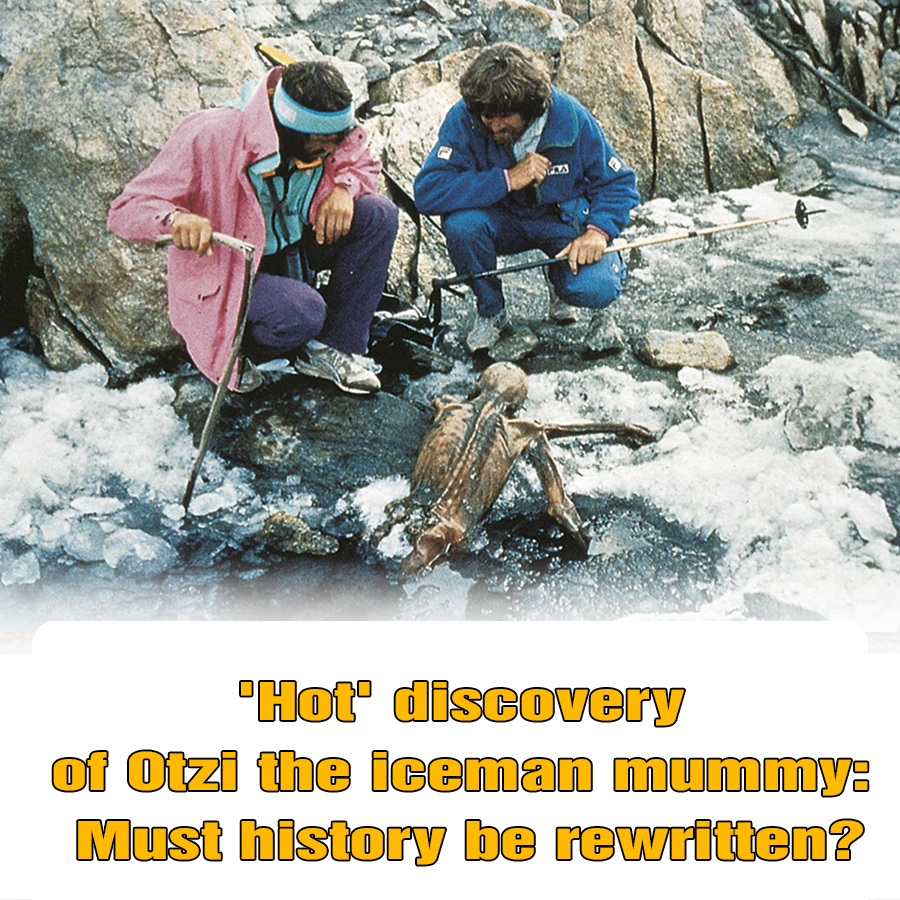According to recent research results, experts analyzed ancient DNA taken from the pelvis of Otzi the iceman mummy. Thanks to that, they discovered that Otzi had dark skin, dark eyes and was likely bald.
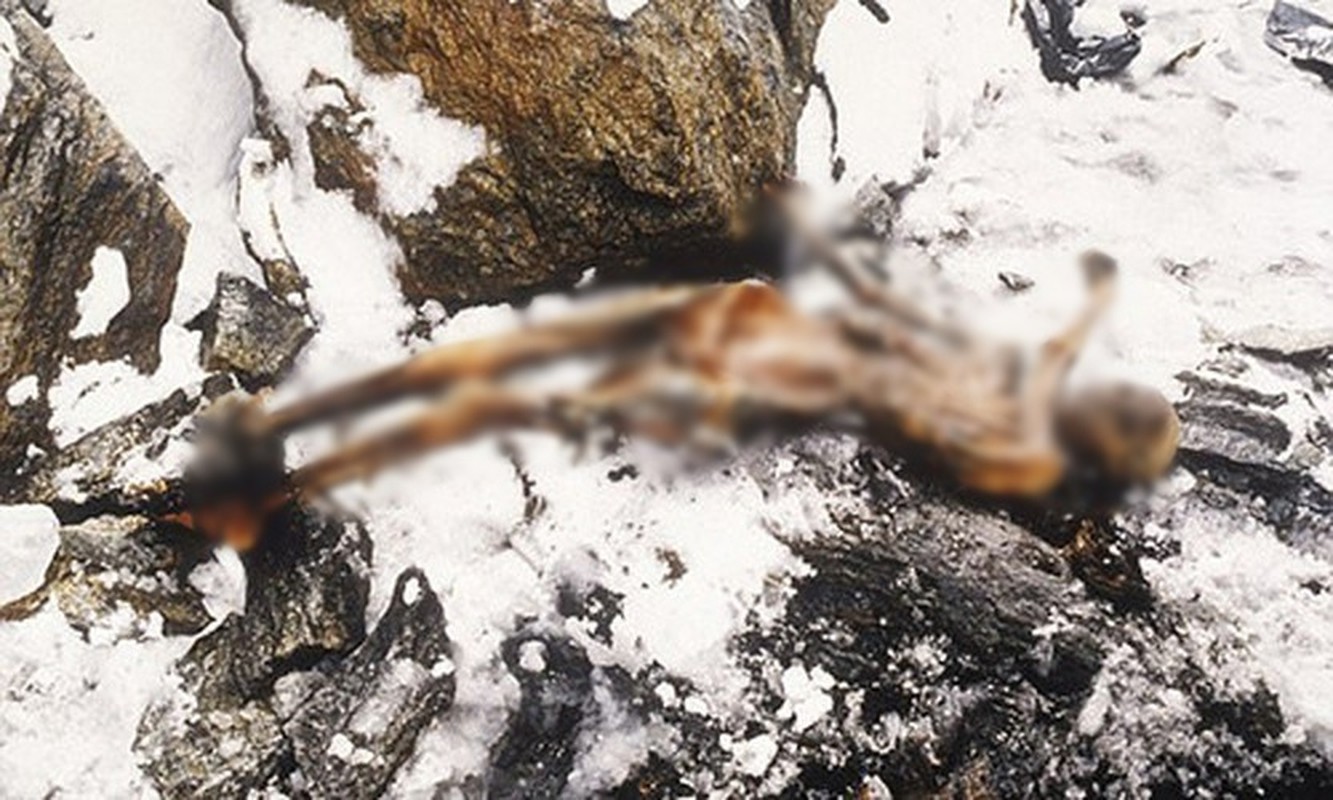
Otzi the Iceman mummy was discovered in the Alps in 1991. Currently, this more than 5,300-year-old mummy is kept and displayed at the South Tyrol Archaeological Museum in Bolzano, Italy.
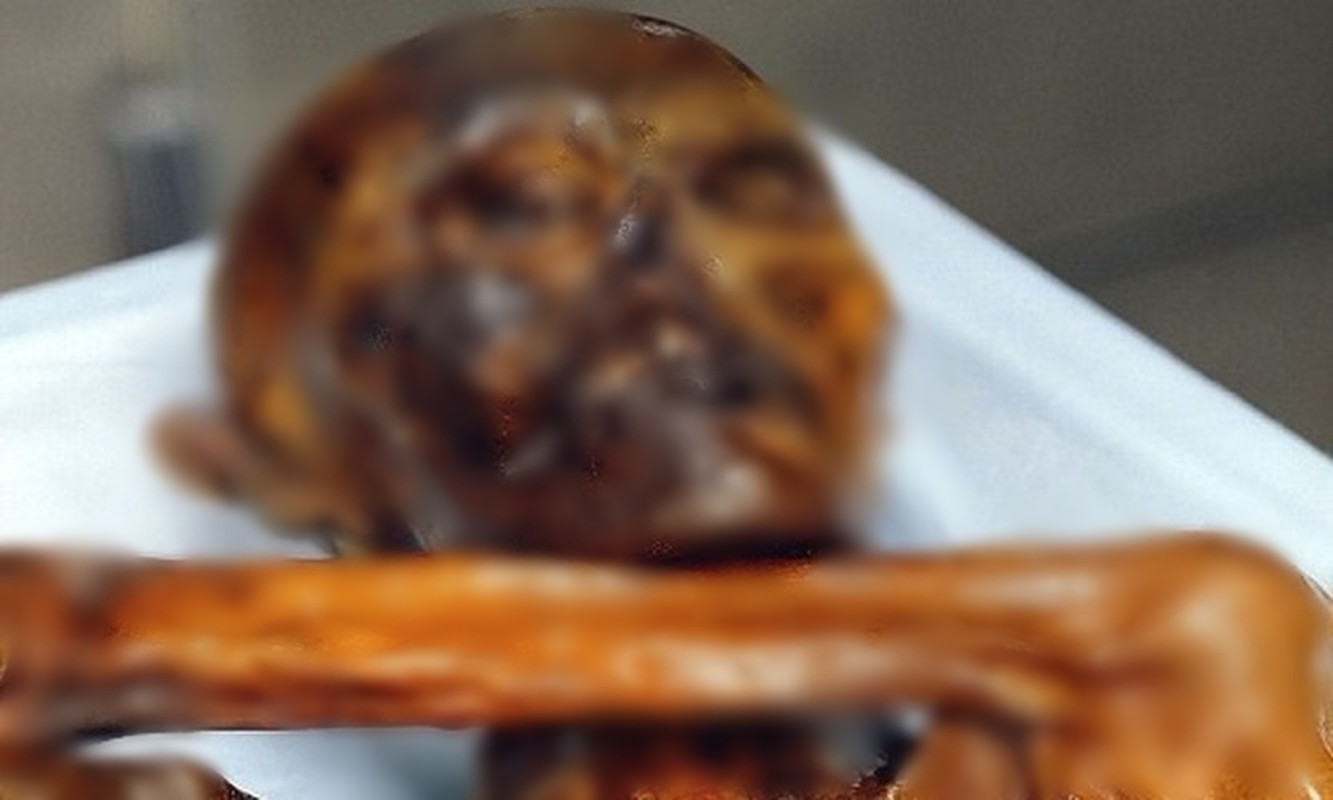
On August 16, in the journal Cell Genomics, Director of the Mummy Research Institute – Mr. Albert Zink at the Eurac Research Center in Bolzano and his colleagues announced the results of ancient DNA analysis taken from the pelvis of the deceased. Otzi .
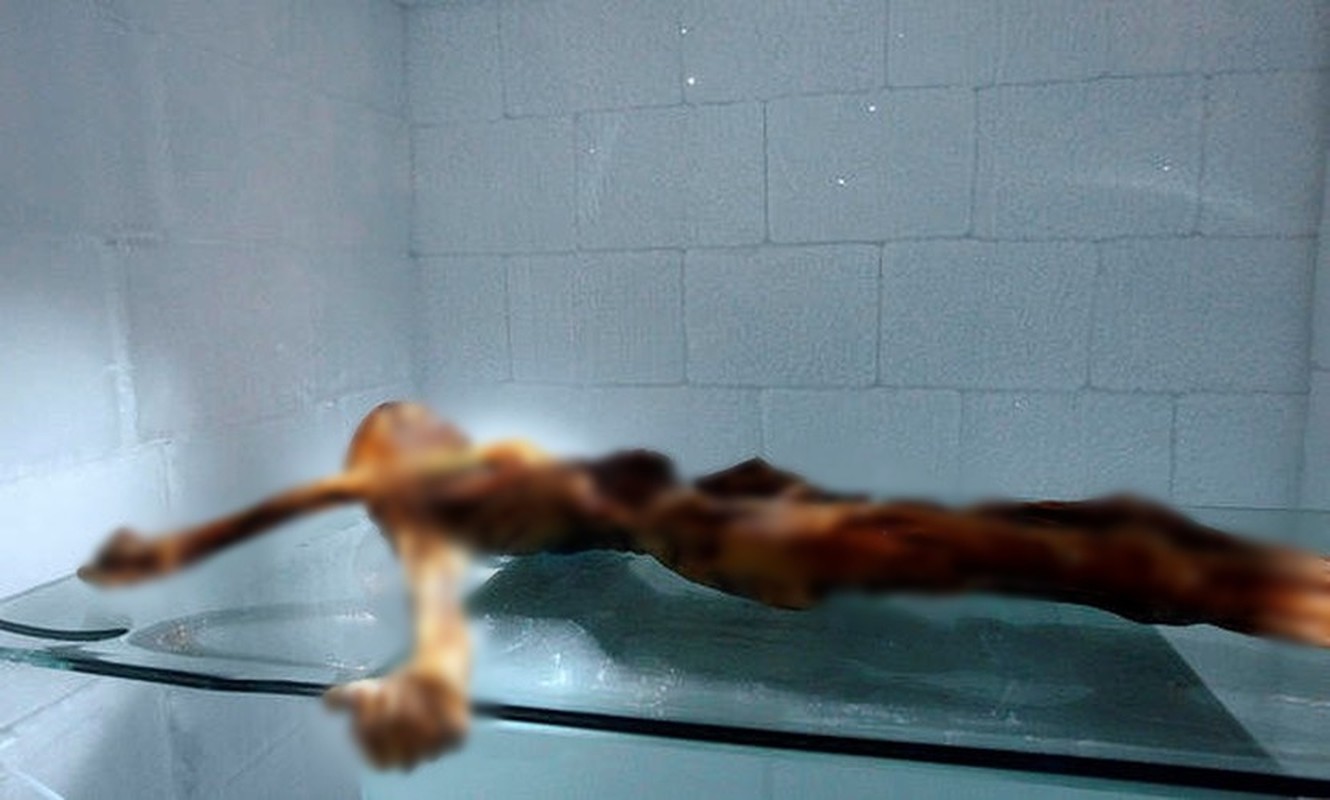
Thanks to that, the research team decoded some secrets about Otzi the ice man. Specifically, the results of genetic analysis showed that this man has dark skin, dark eyes and is likely to be bald.
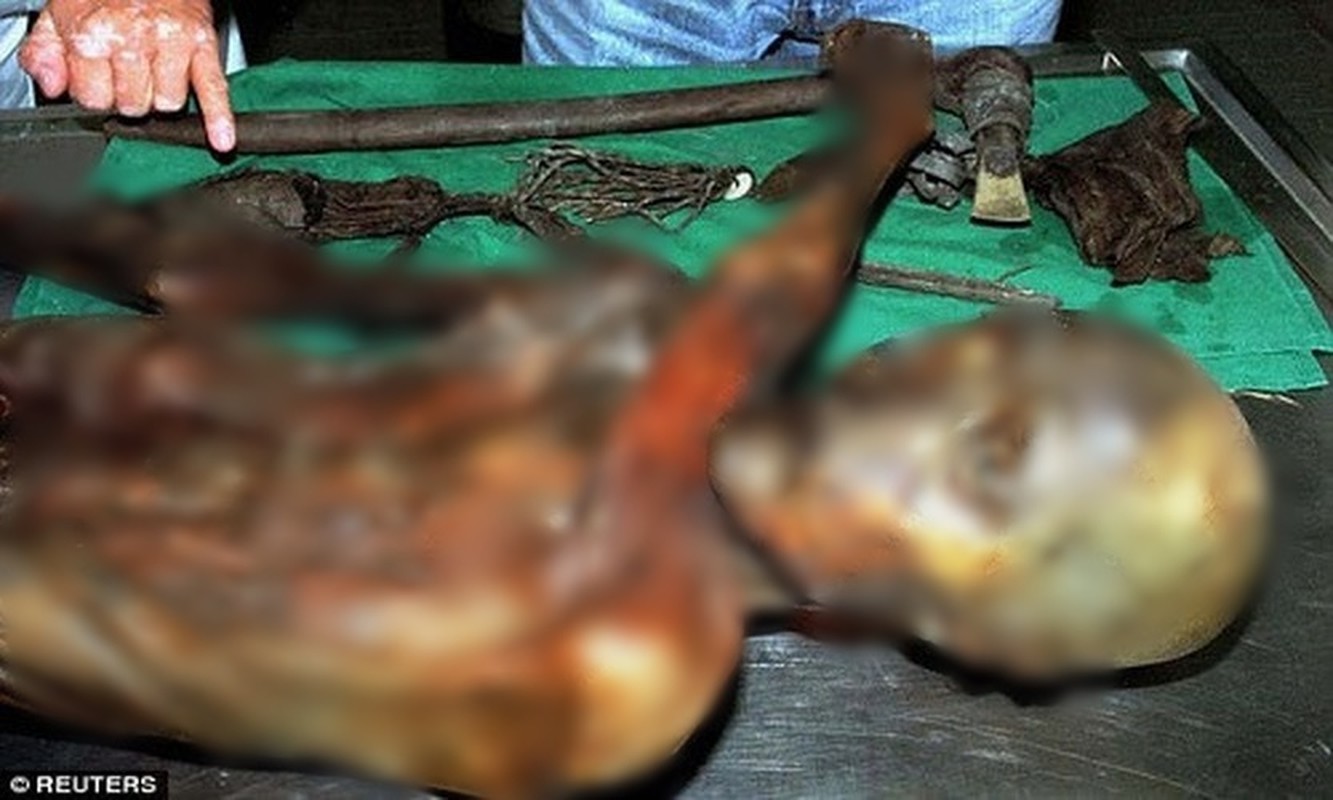
This information contrasts with the reconstructed image of Otzi the Iceman, which depicts a man who lived about 5,300 years ago with pale skin, a full head of hair and a beard.
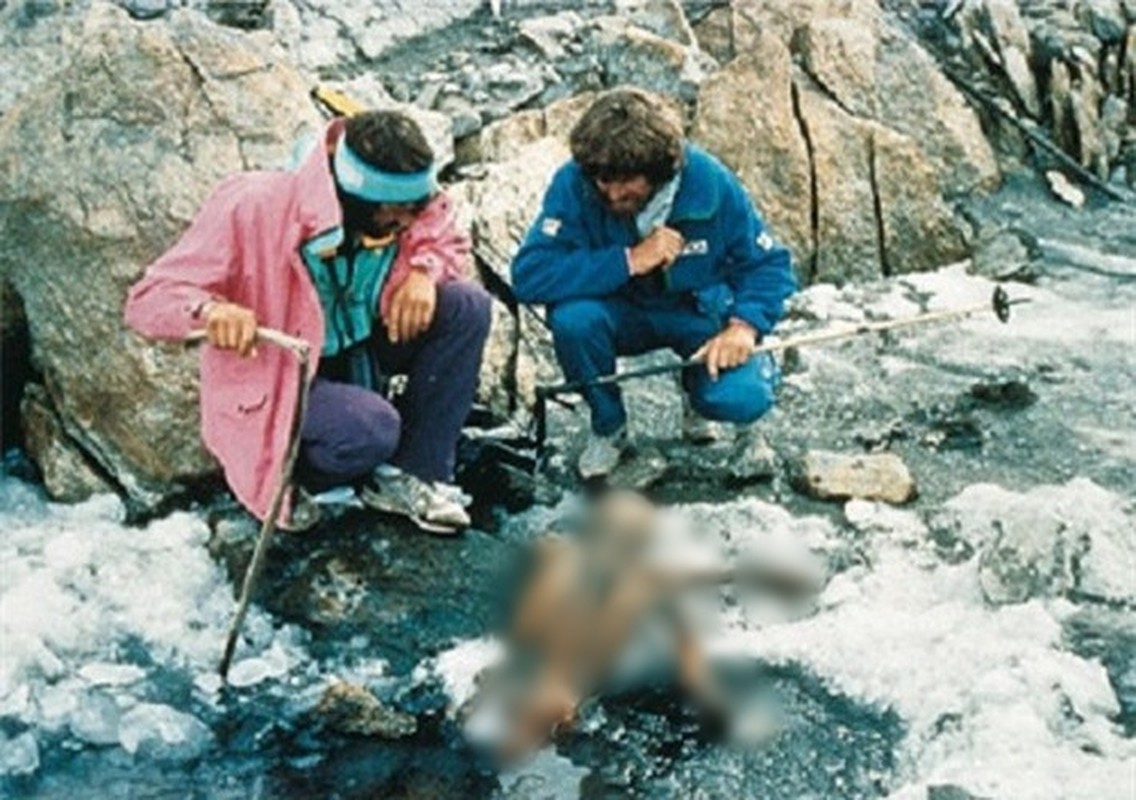
According to Director Albert Zink’s explanation, previous researchers believed that Otzi’s dark skin was due to the mummification process.

However, the results of genetic analysis show that Otzi’s skin color seems to be quite close to the natural skin color of this person when he was alive.

The research team said that Otzi’s dark skin was not strange because many Europeans living at the same time had darker skin than today.

Over time, the skin color of people in Europe at that time became lighter, seemingly related to adaptation to changing climate and diet.

Experts explain that farmers absorb much less vitamin D in their diet than hunters and gatherers.
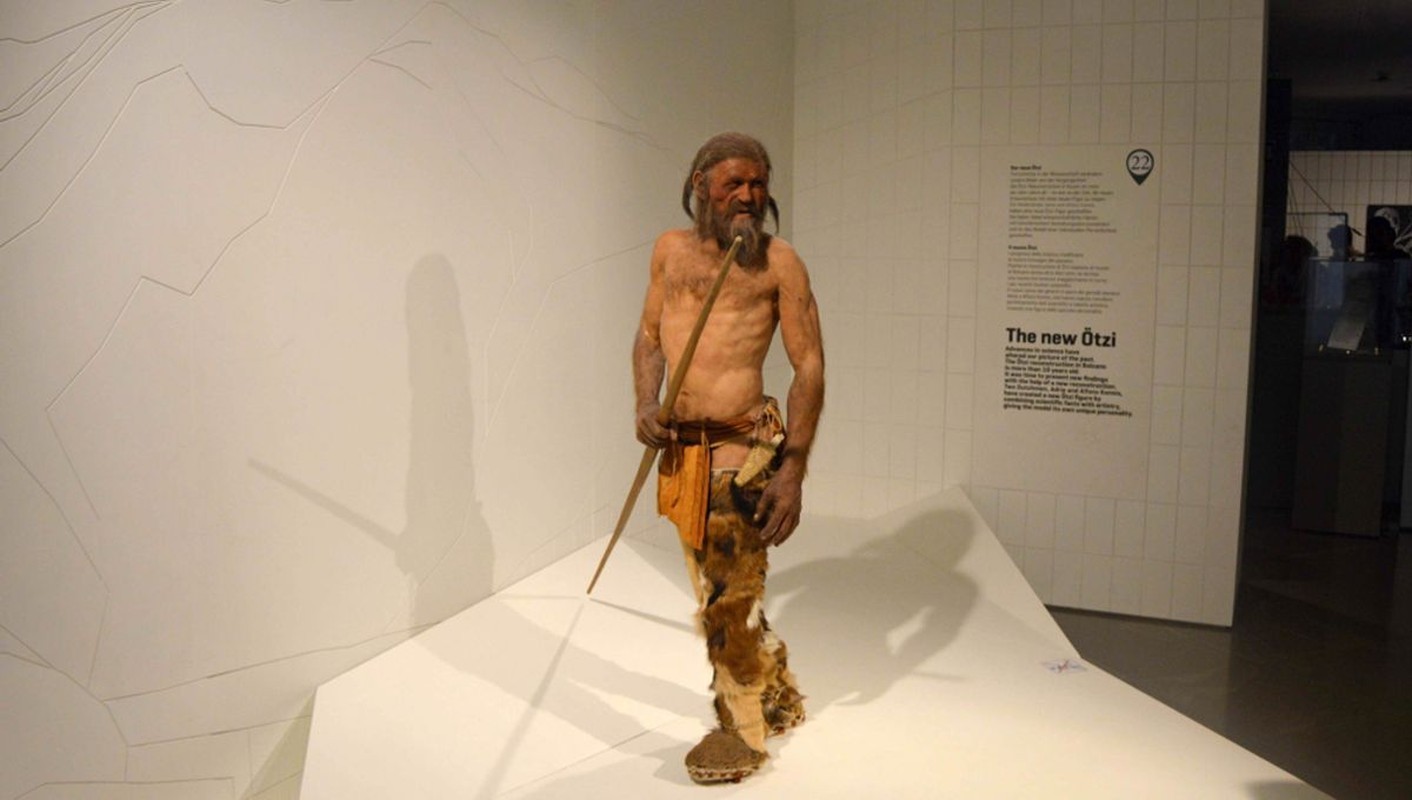
However, Otzi the ice man still ate a lot of meat because the research team discovered mountain goat and deer meat when analyzing the contents of his stomach.
